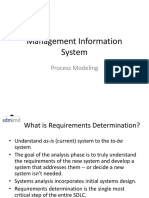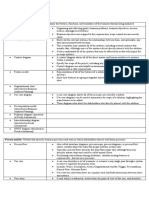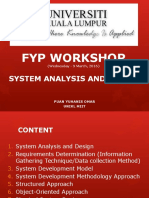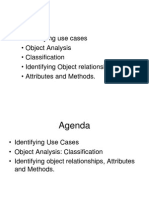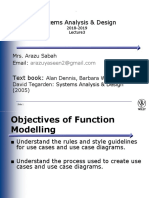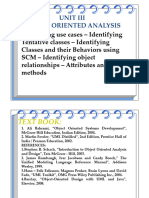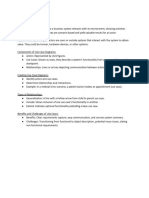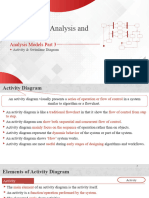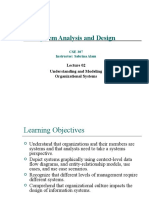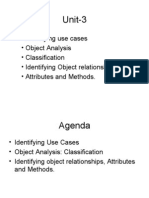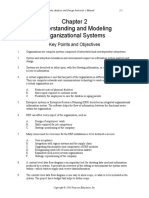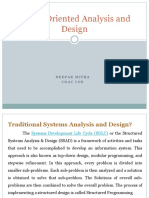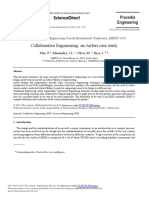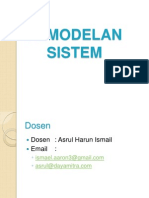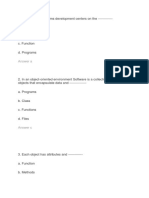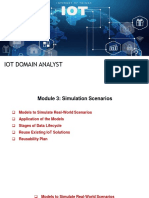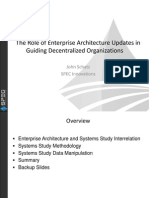0% found this document useful (0 votes)
29 views19 pagesInf Syst - CH02 - Systems Development Methodologies
تحليل وتصميم النظم
Uploaded by
بشار طارق اليوسفيCopyright
© © All Rights Reserved
We take content rights seriously. If you suspect this is your content, claim it here.
Available Formats
Download as PDF, TXT or read online on Scribd
0% found this document useful (0 votes)
29 views19 pagesInf Syst - CH02 - Systems Development Methodologies
تحليل وتصميم النظم
Uploaded by
بشار طارق اليوسفيCopyright
© © All Rights Reserved
We take content rights seriously. If you suspect this is your content, claim it here.
Available Formats
Download as PDF, TXT or read online on Scribd
/ 19







